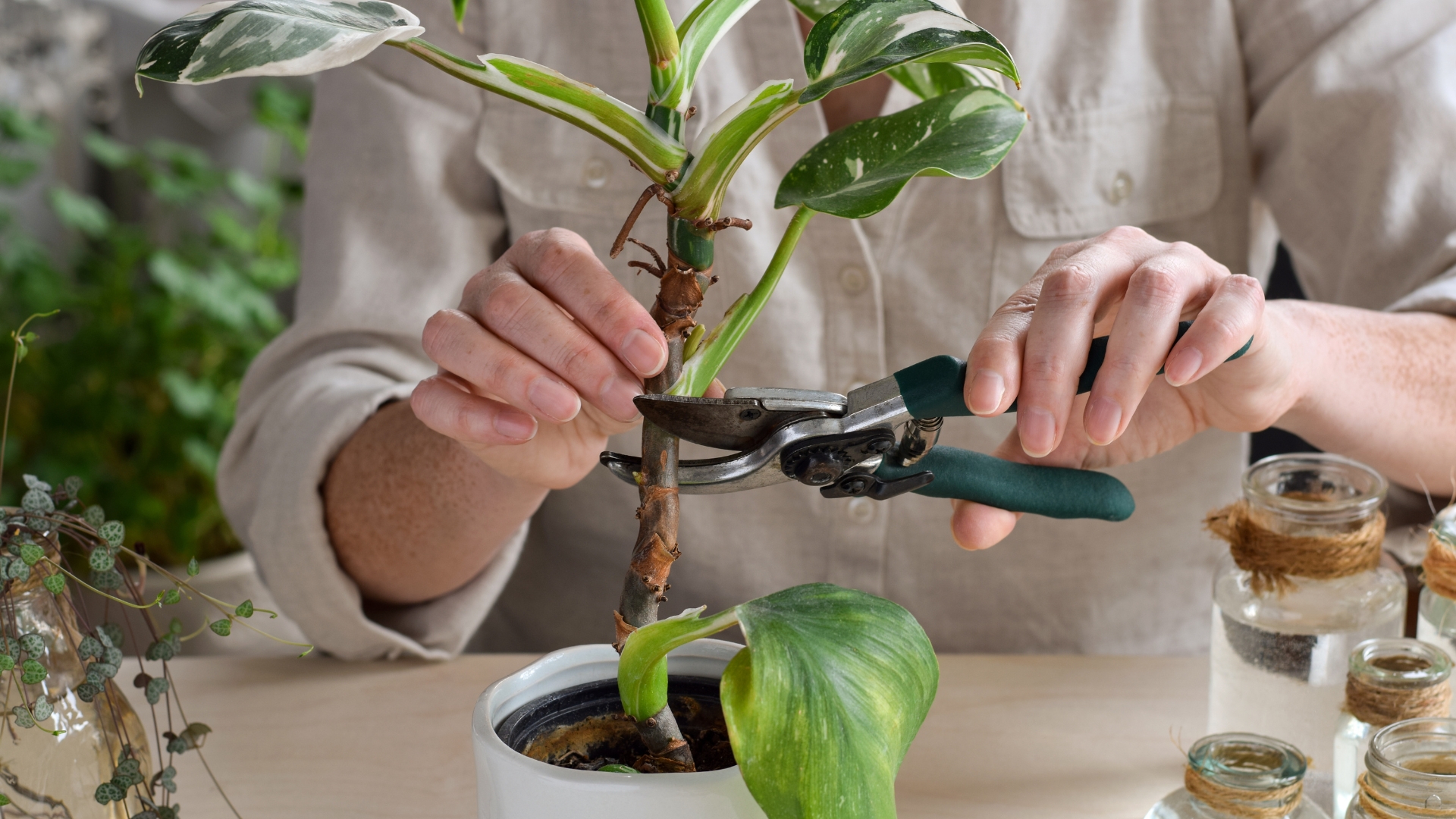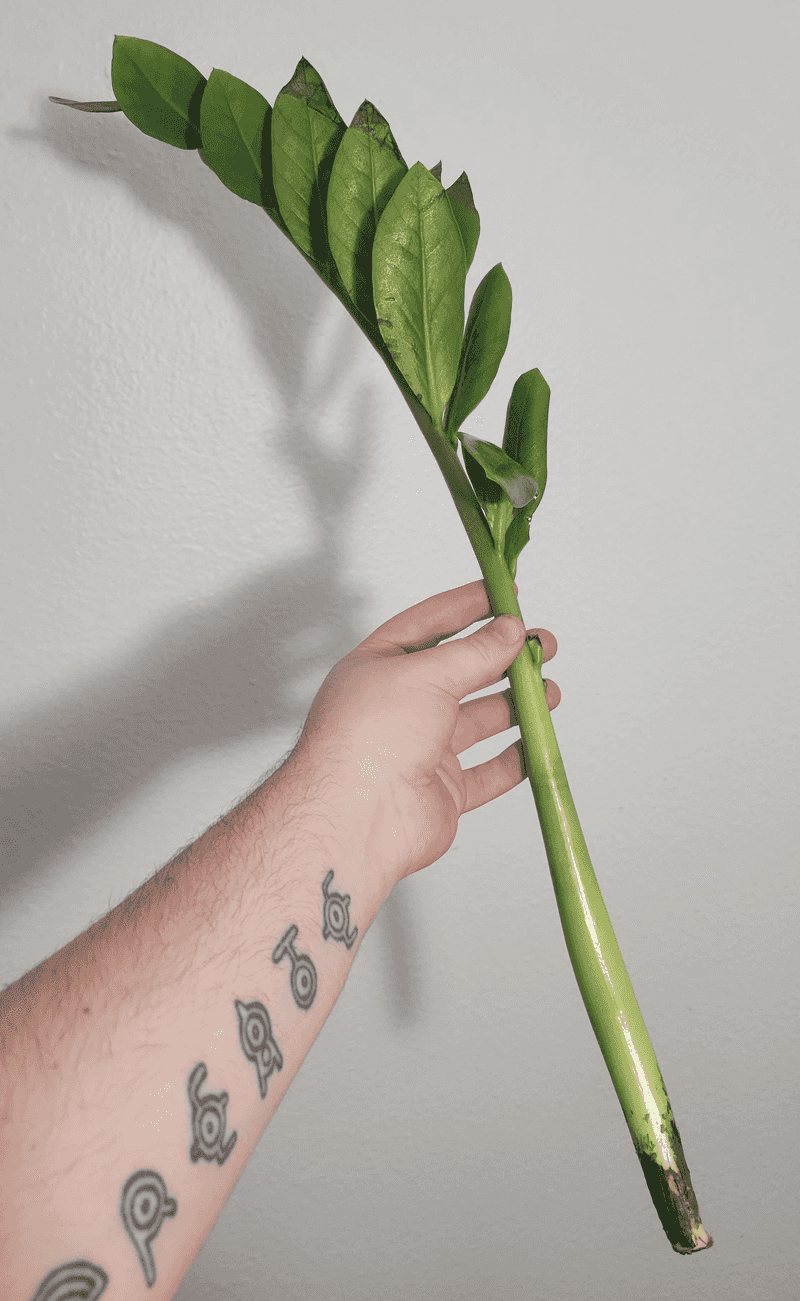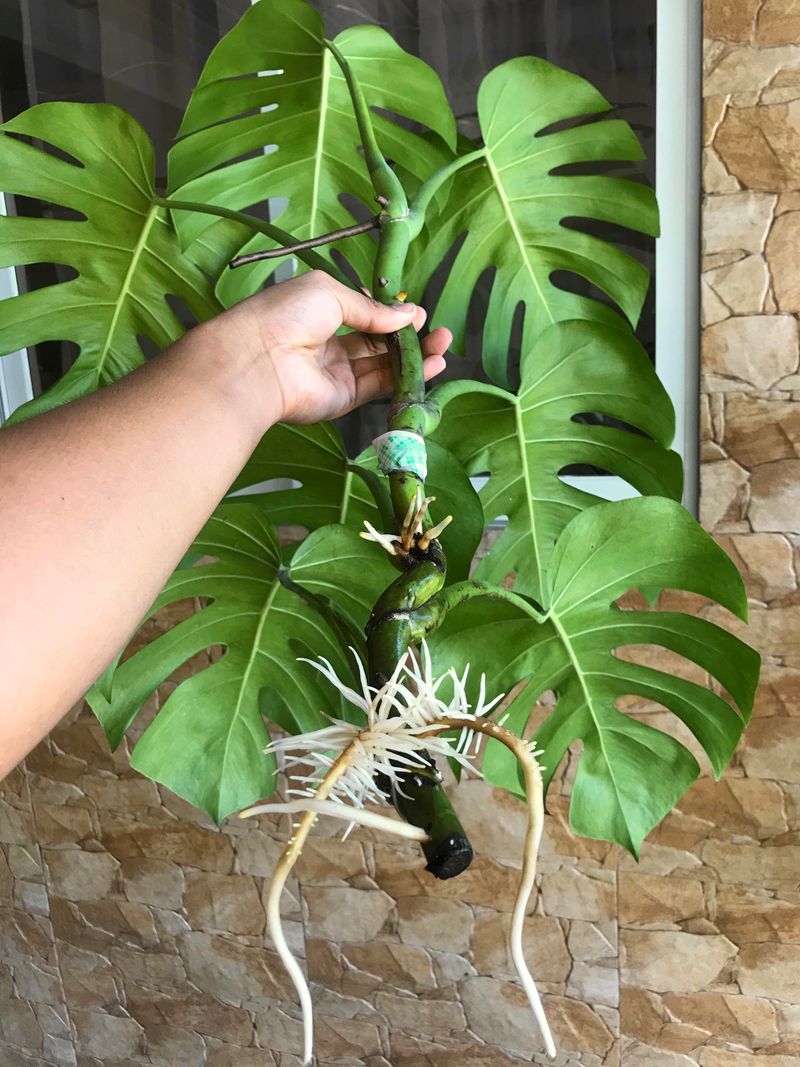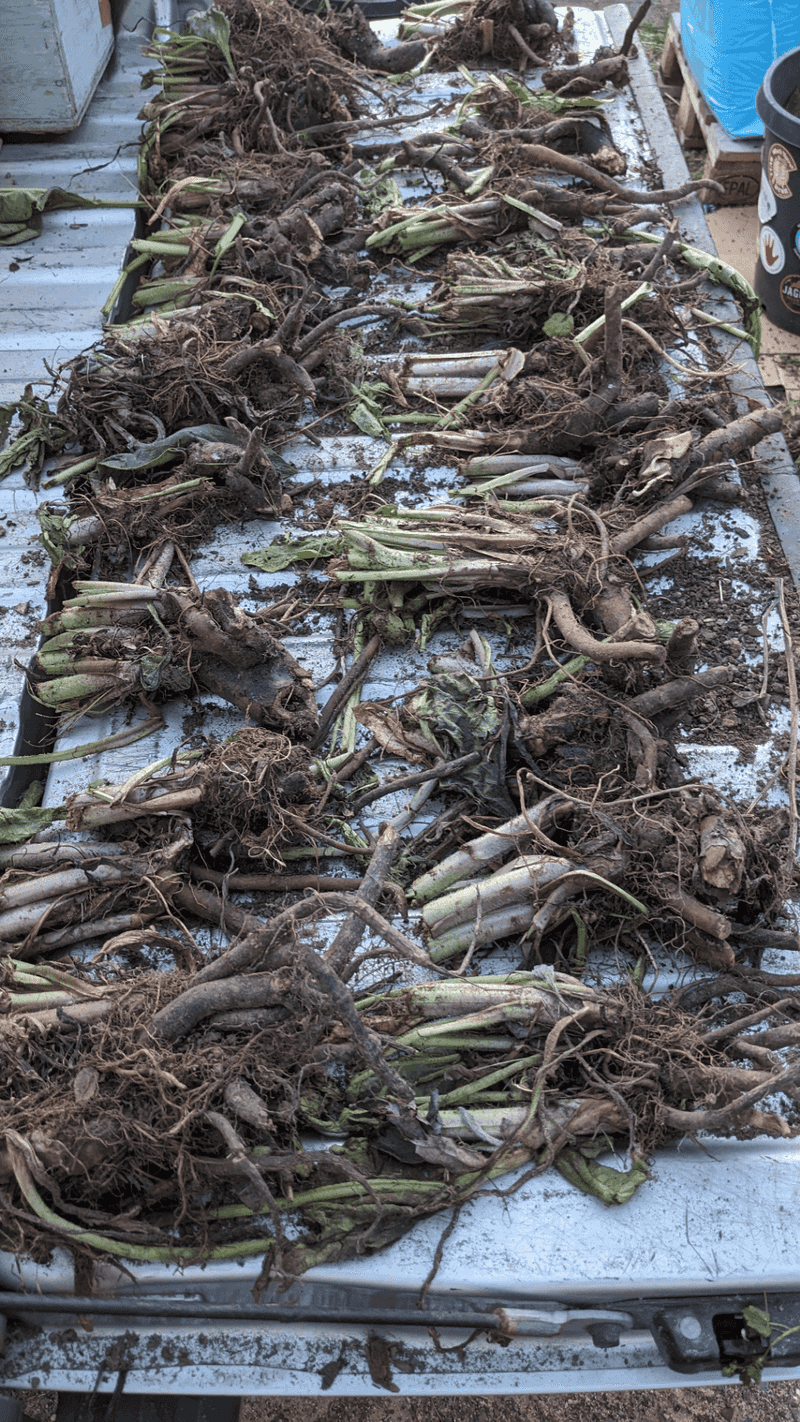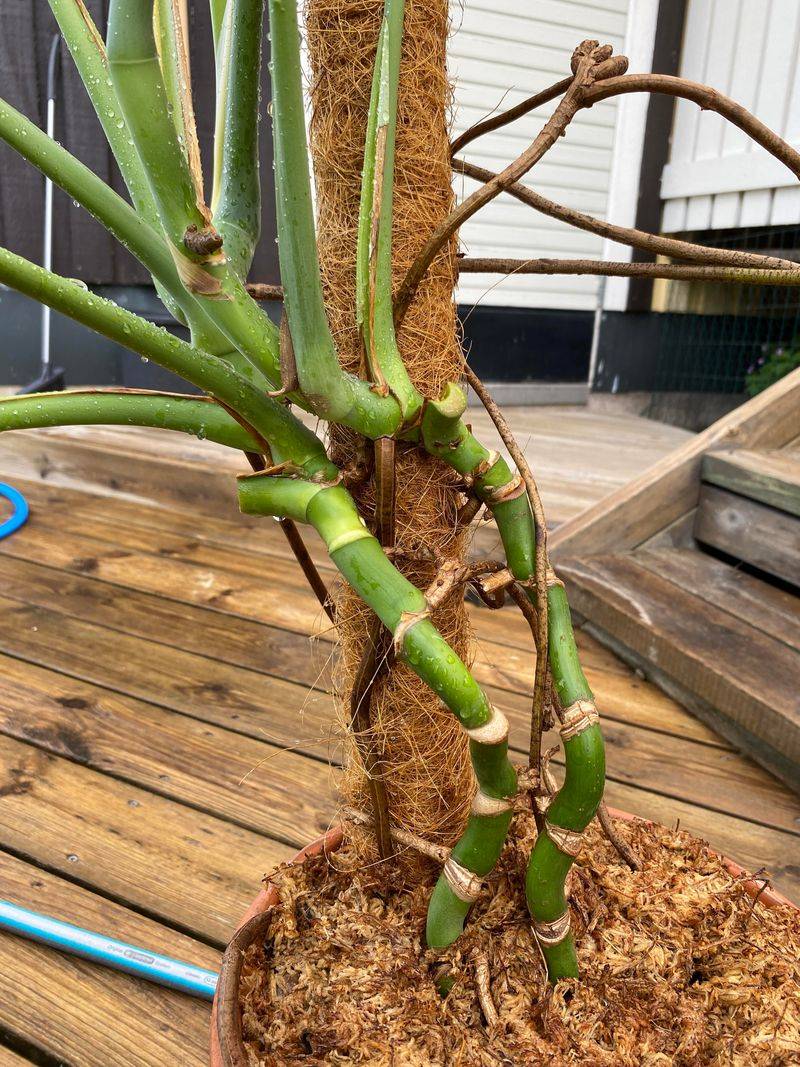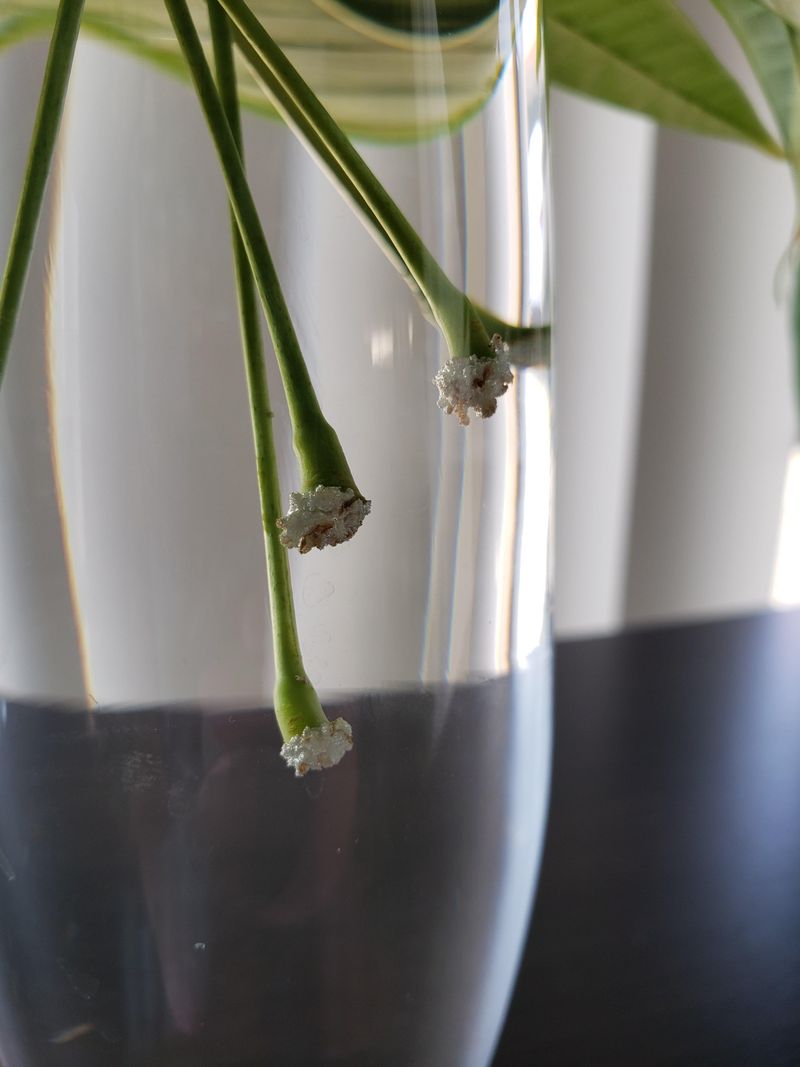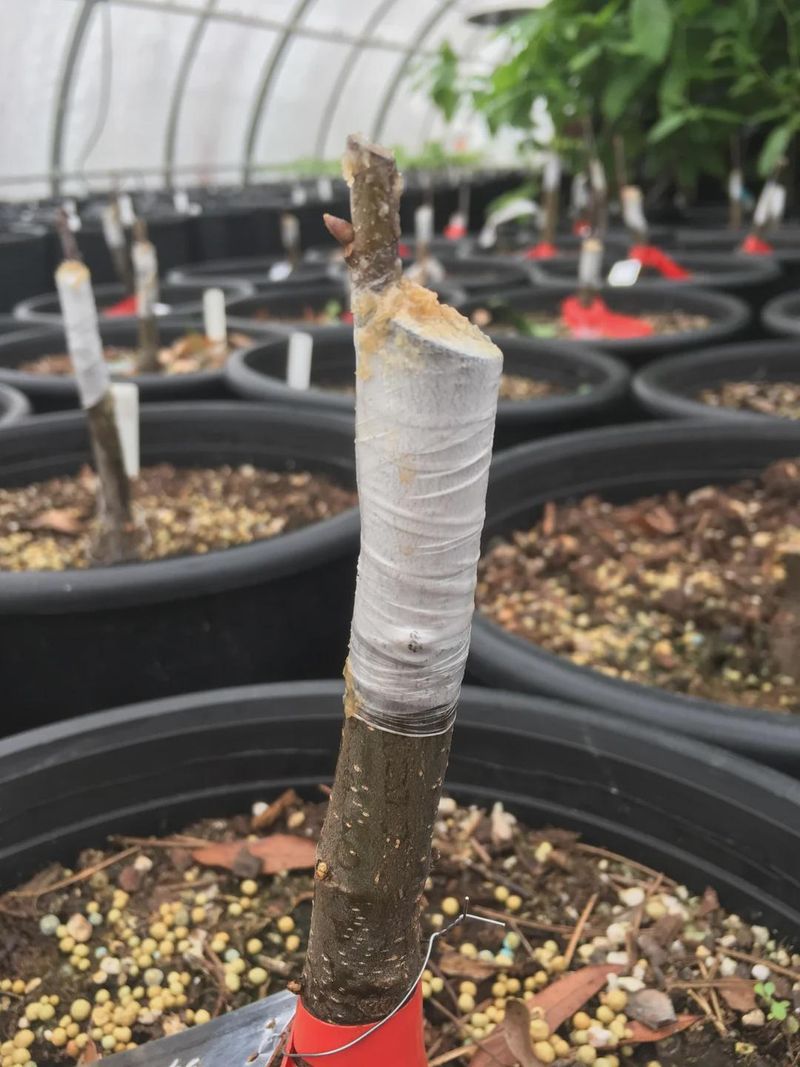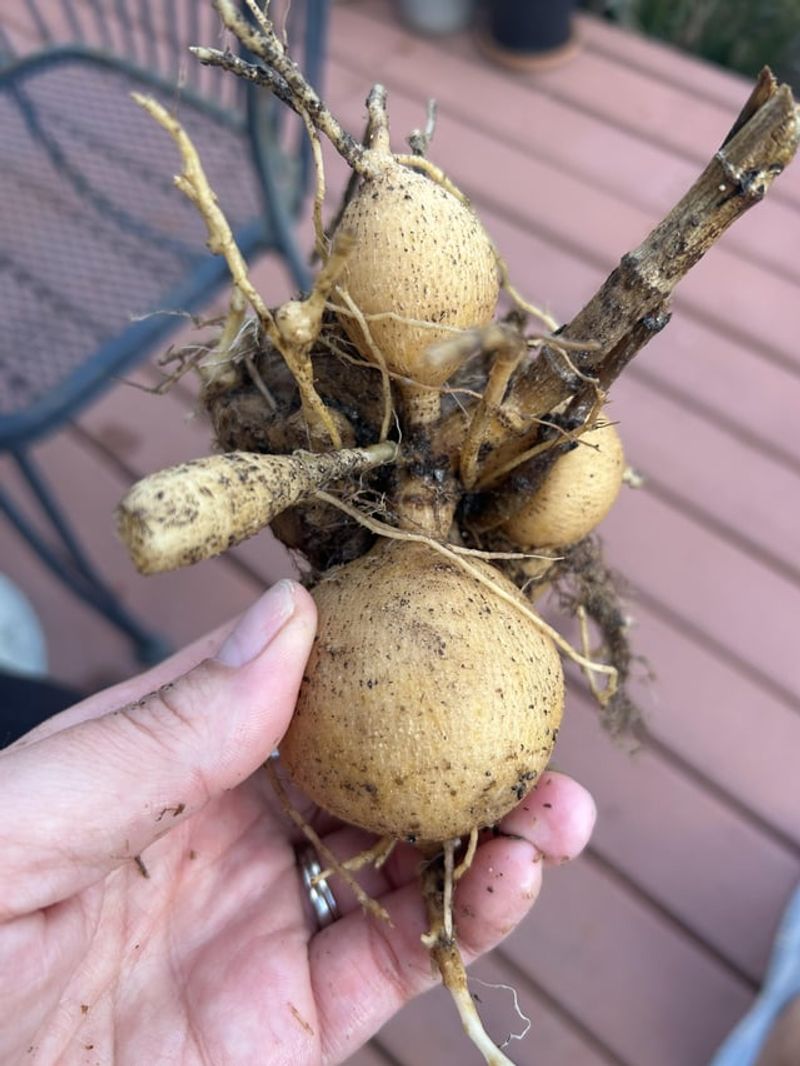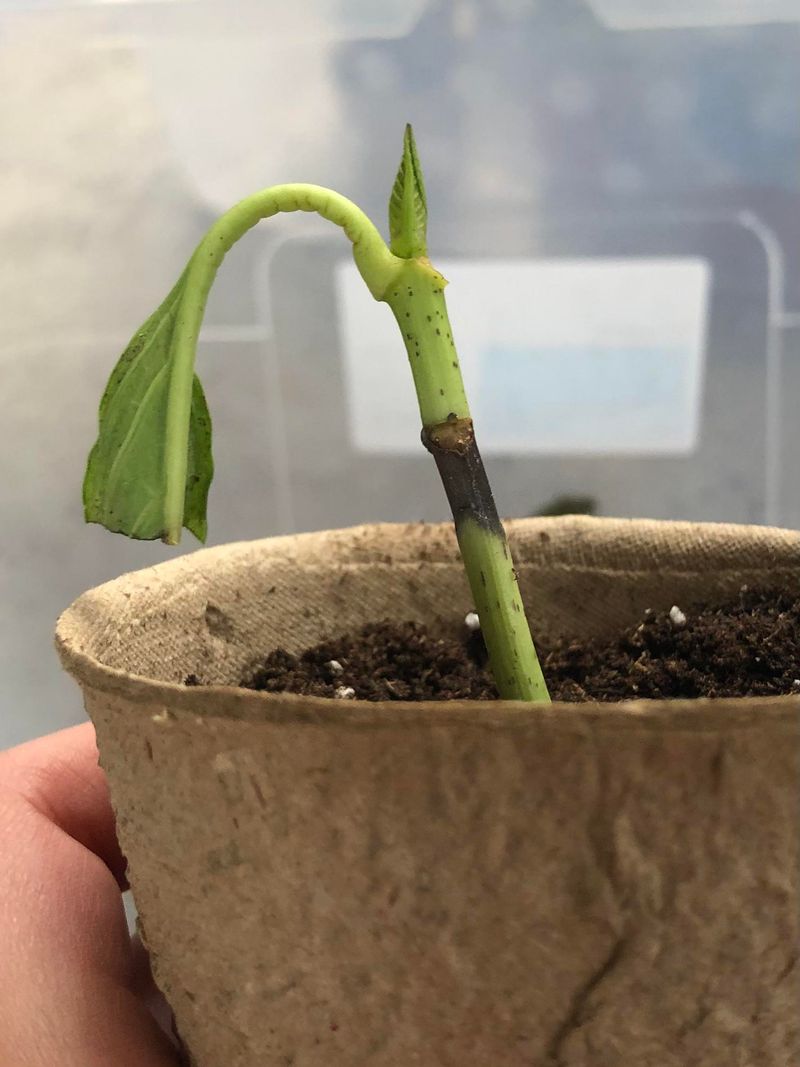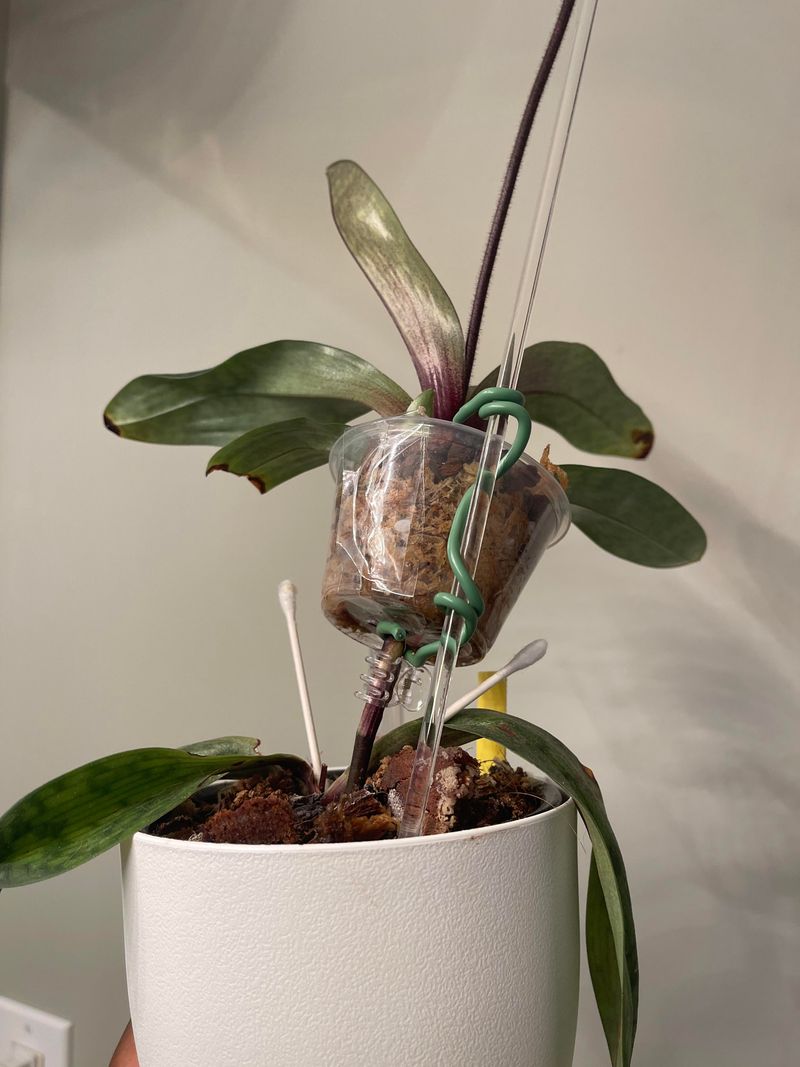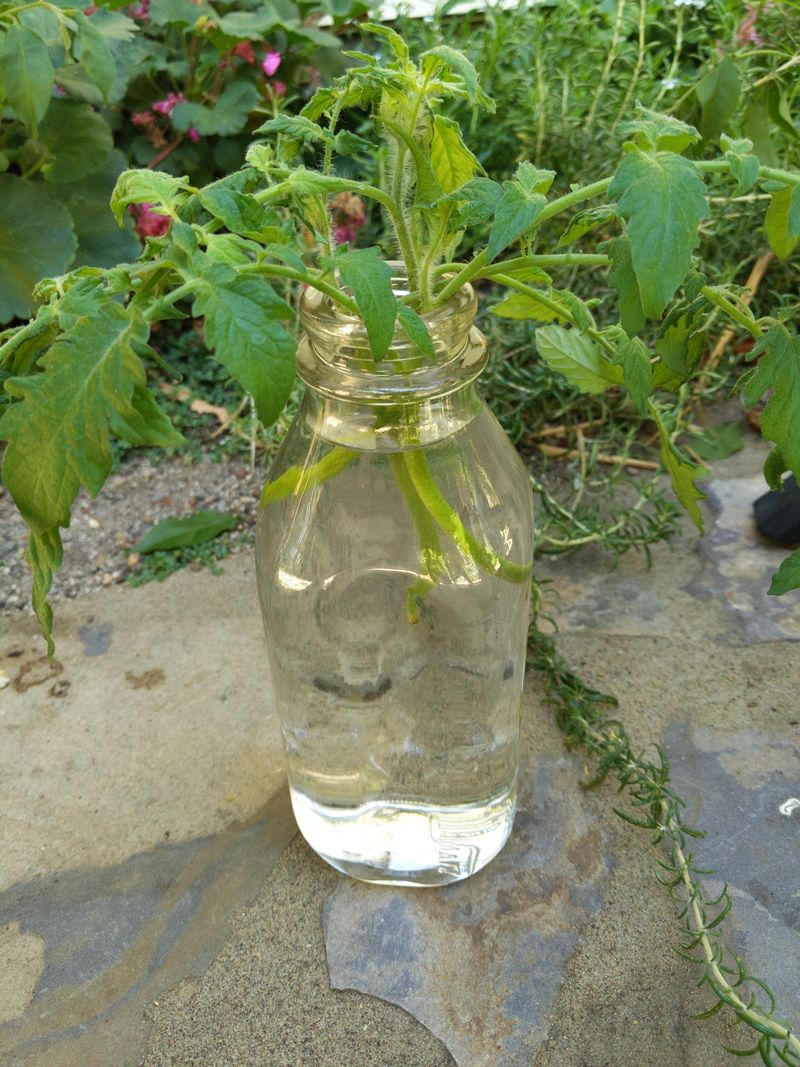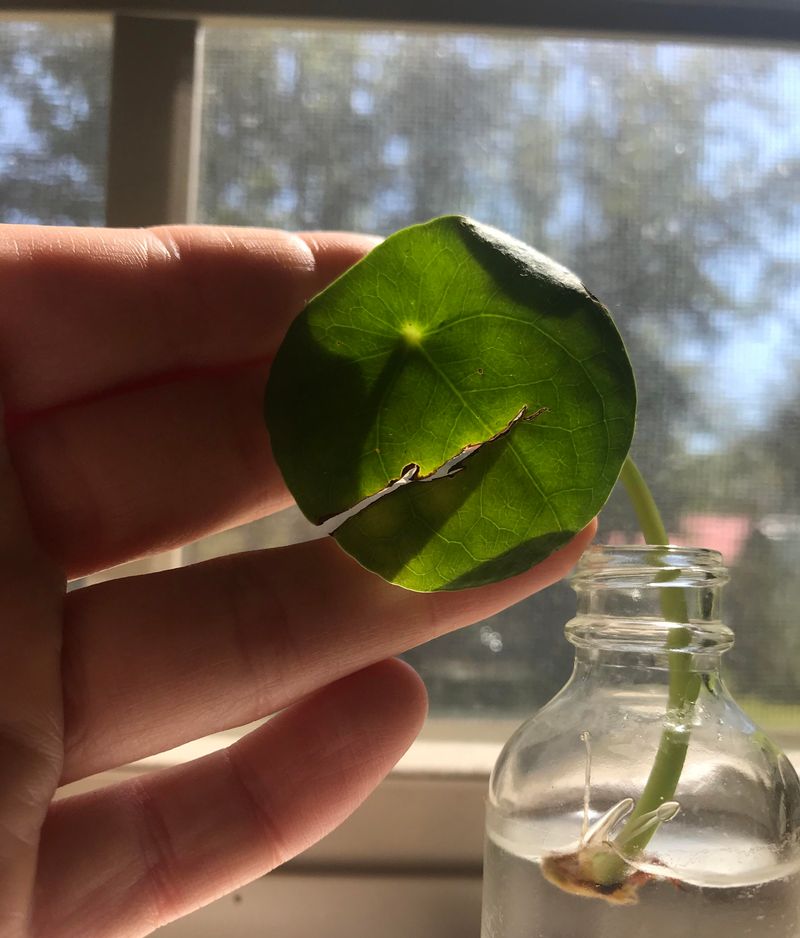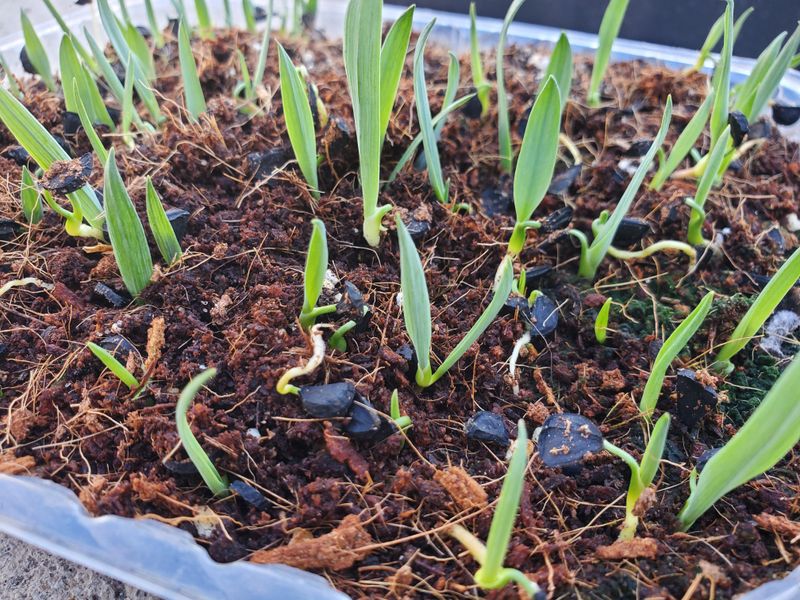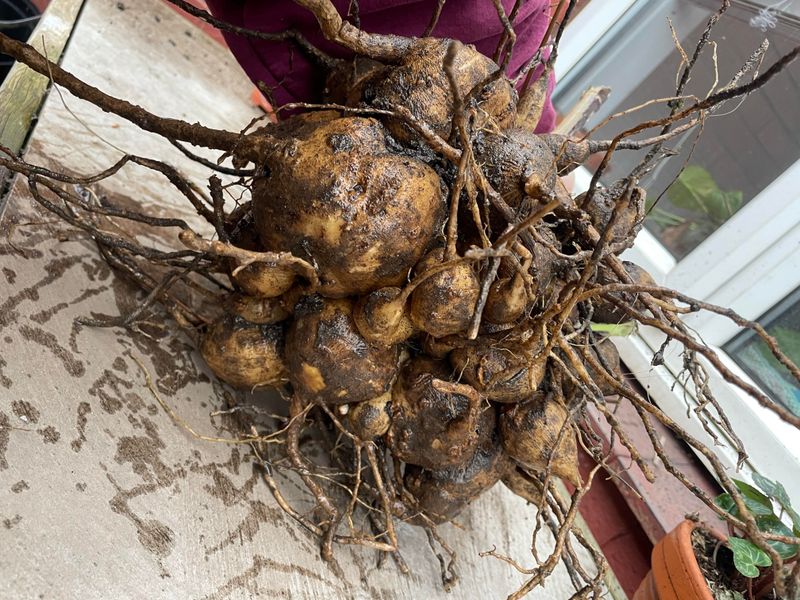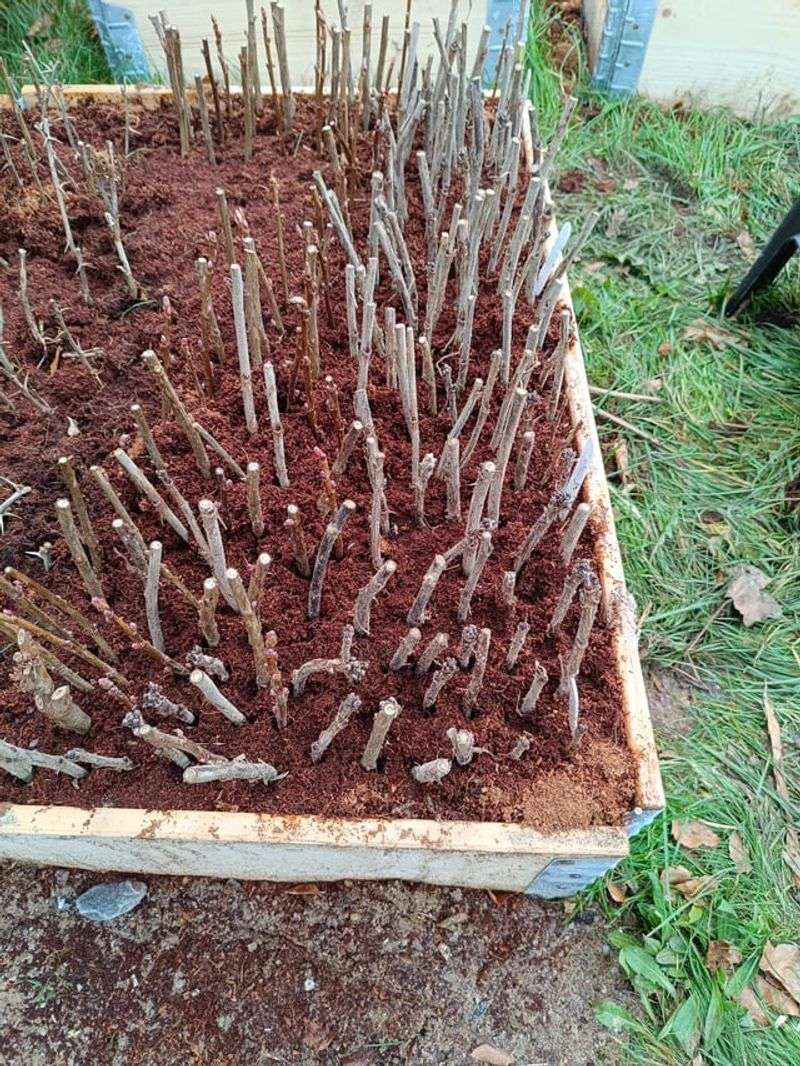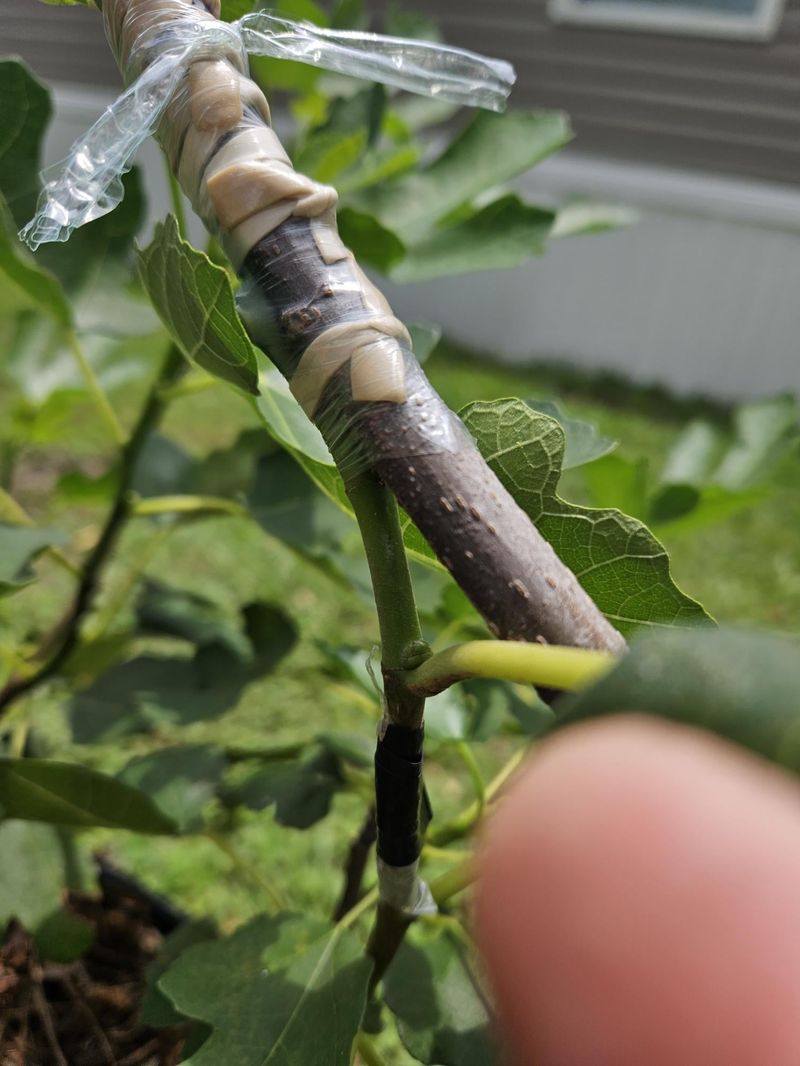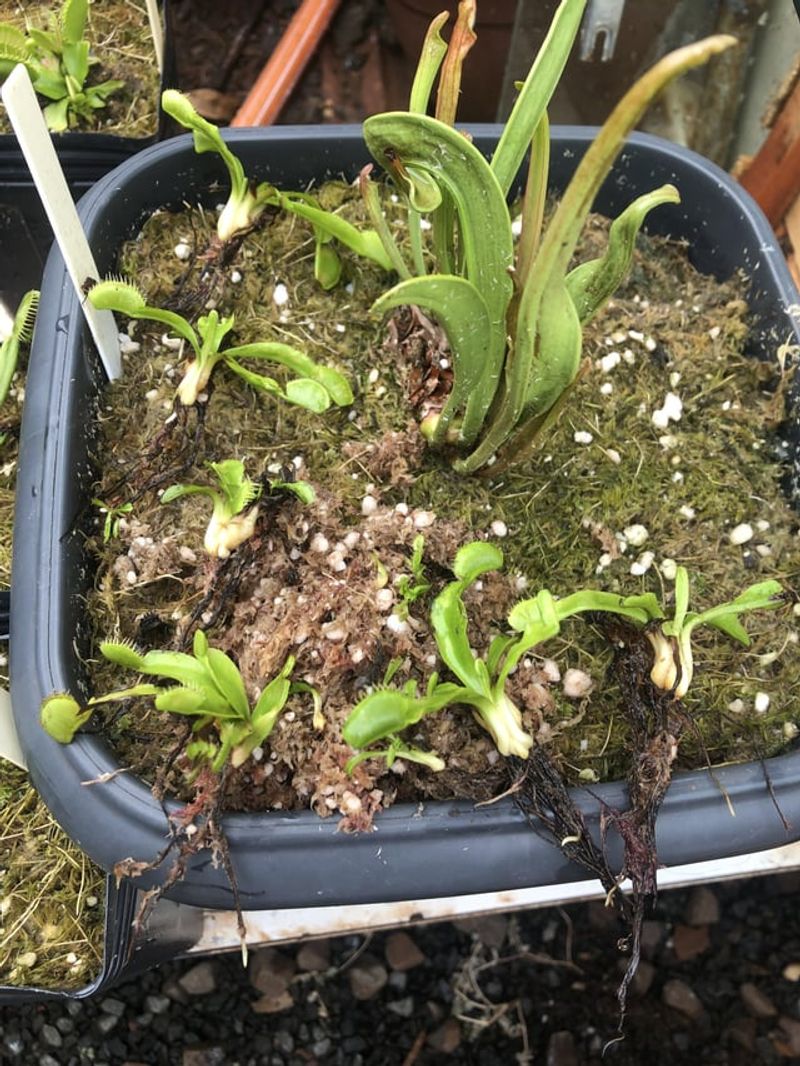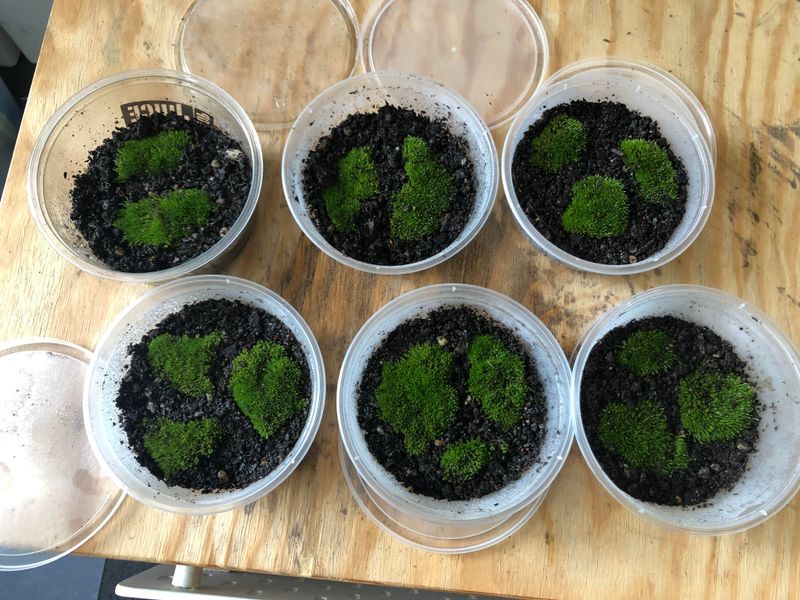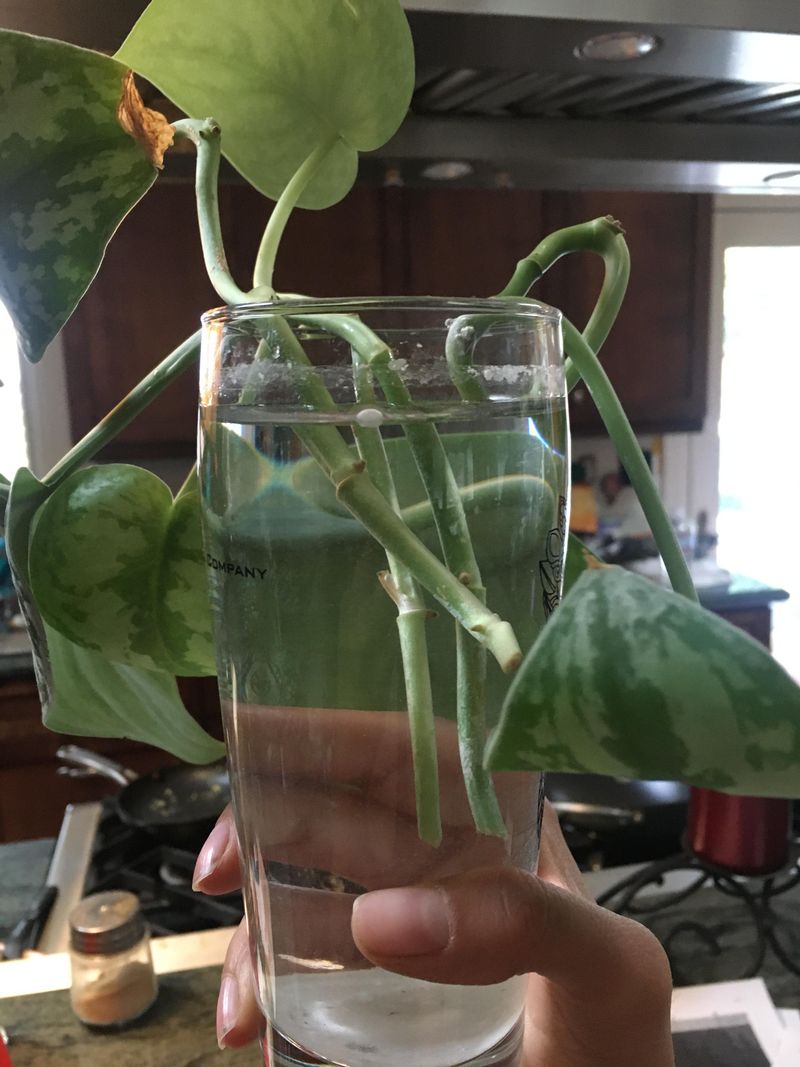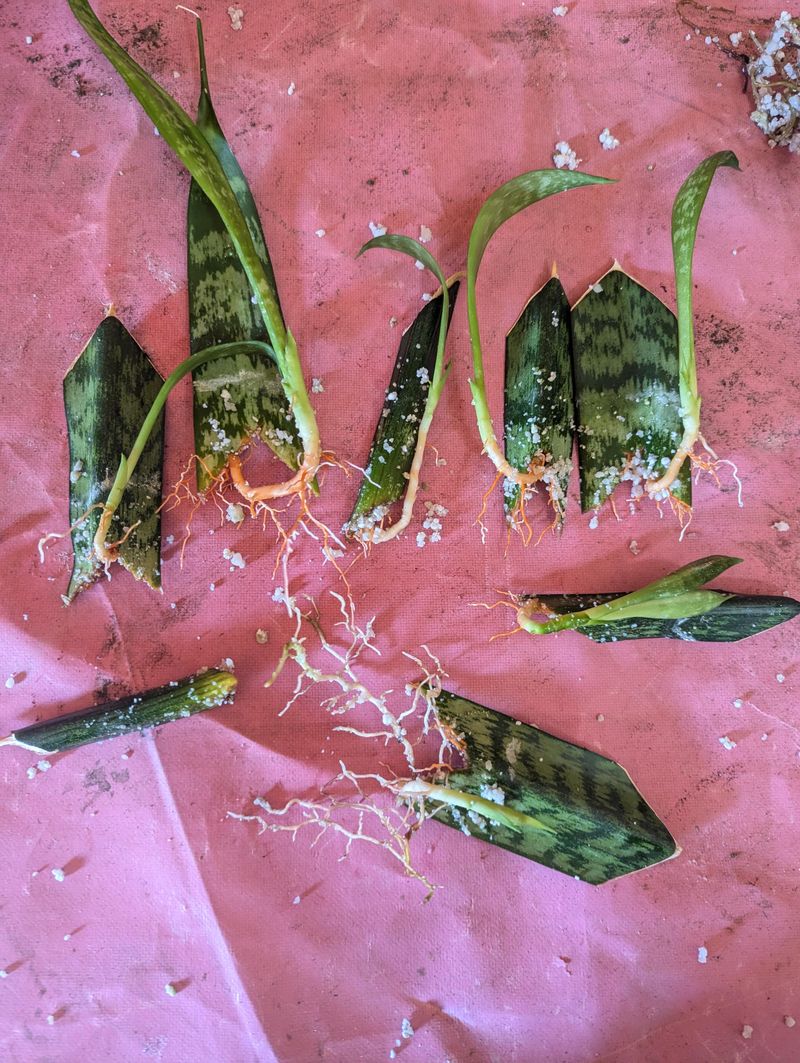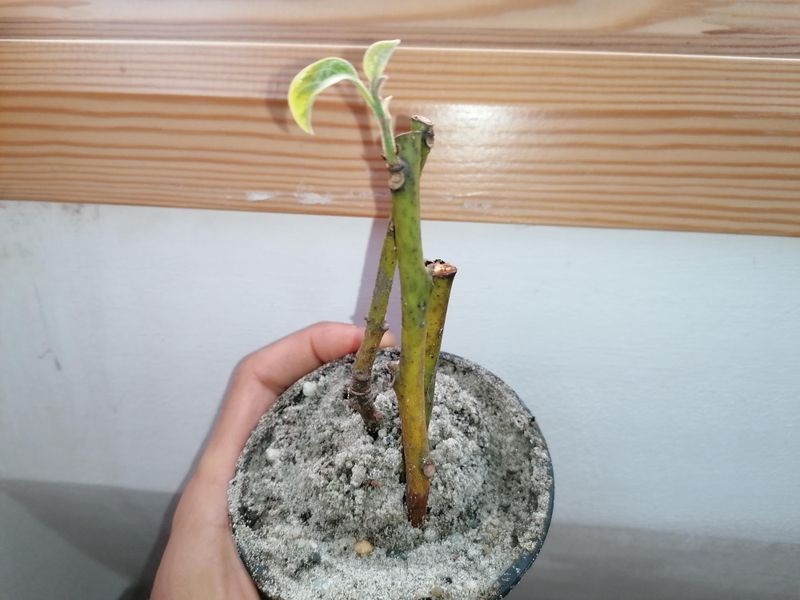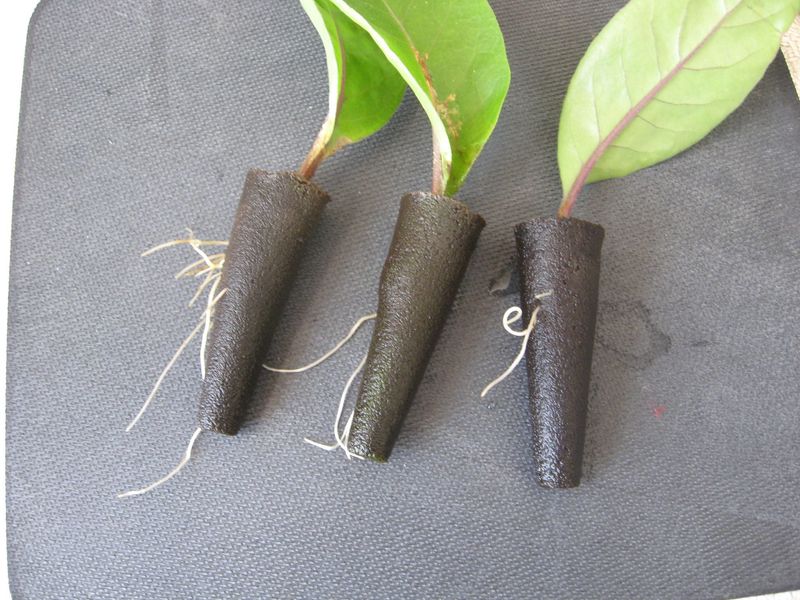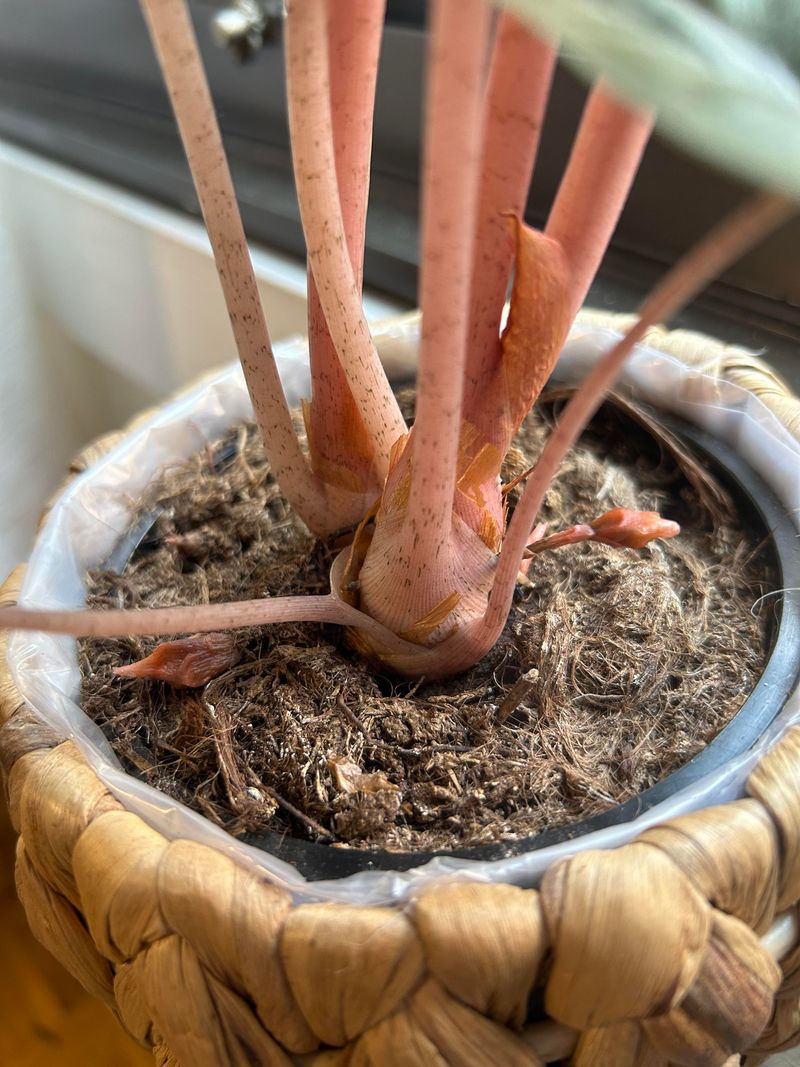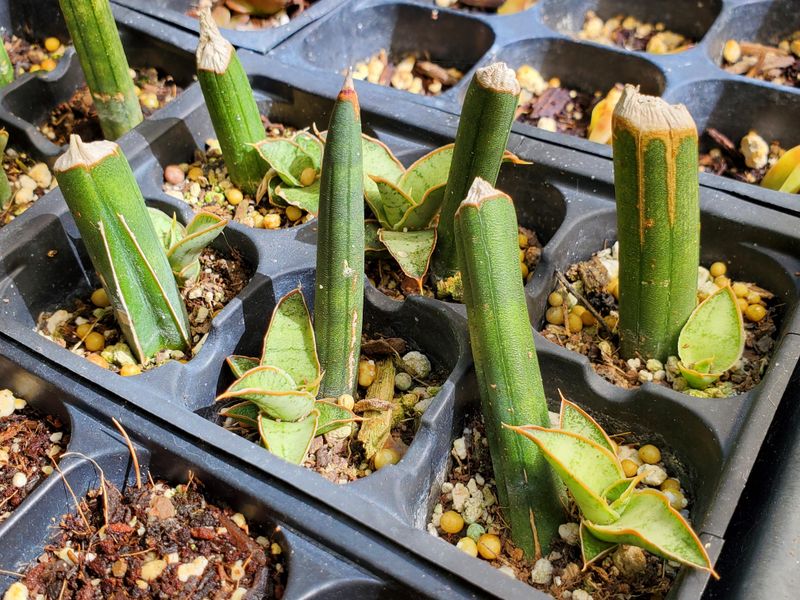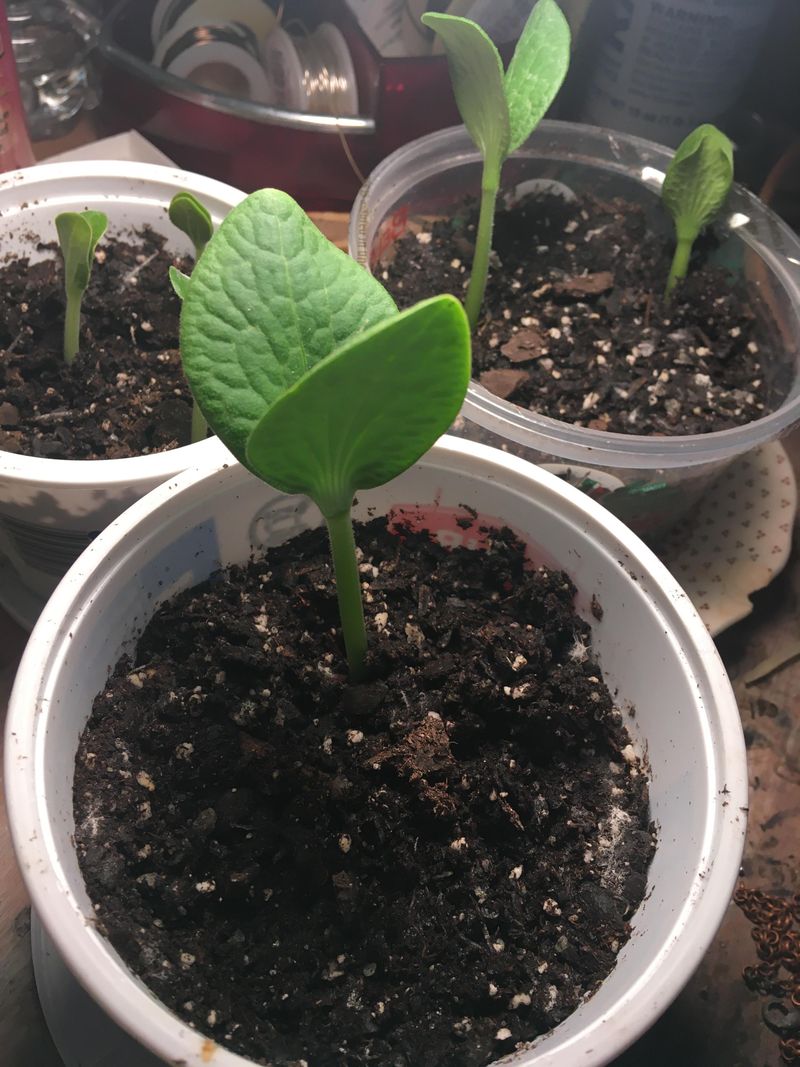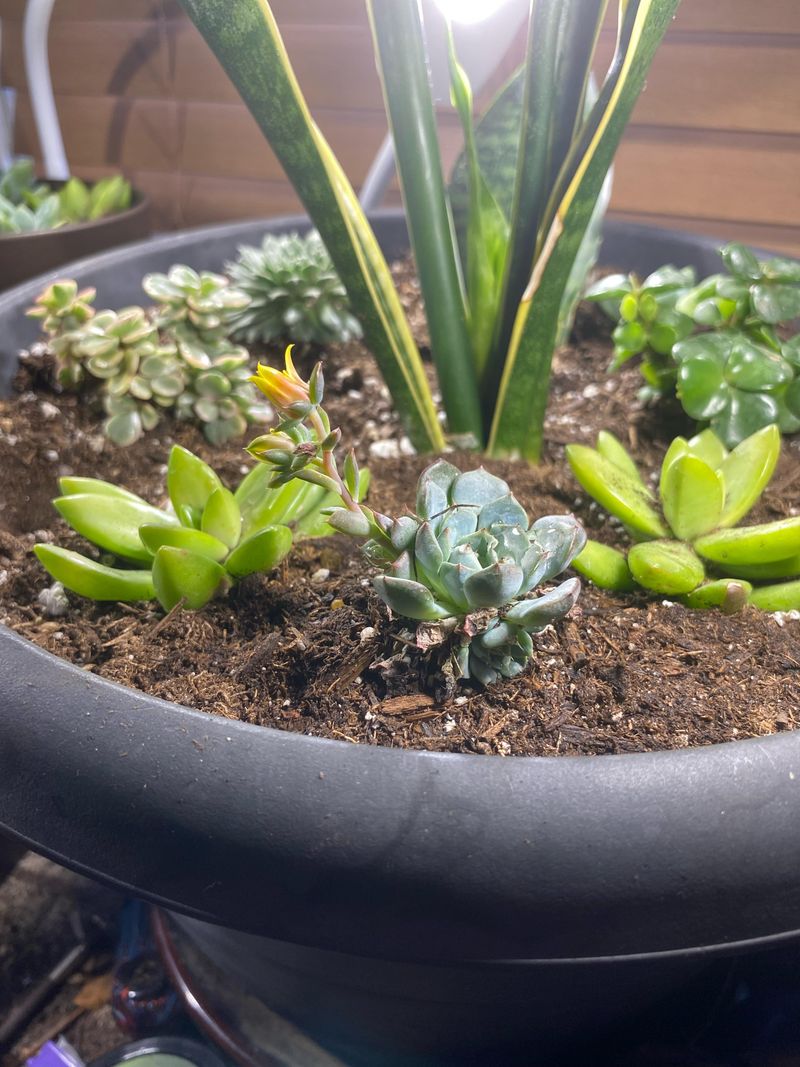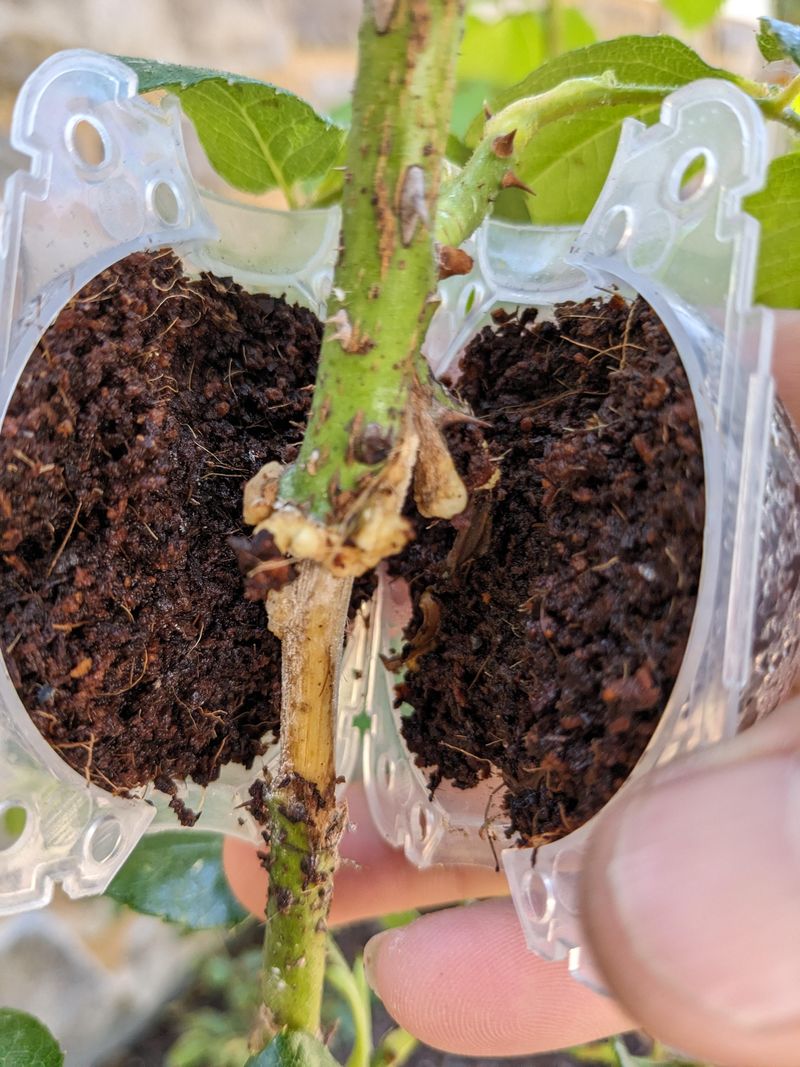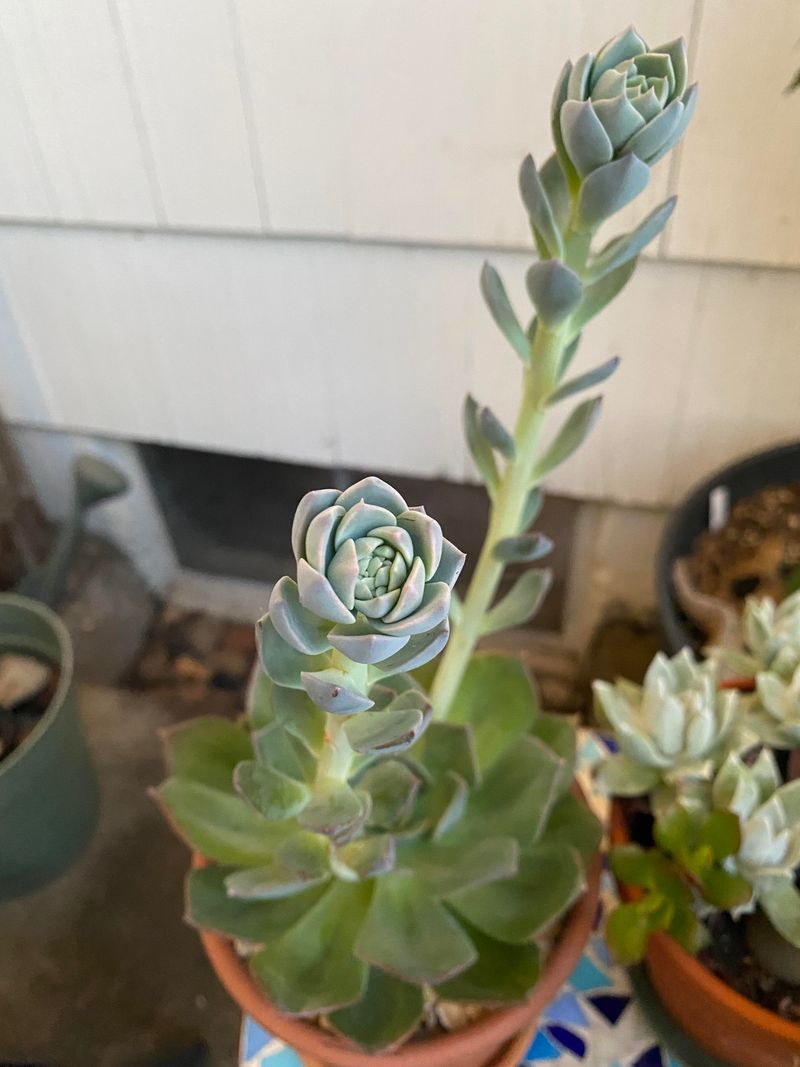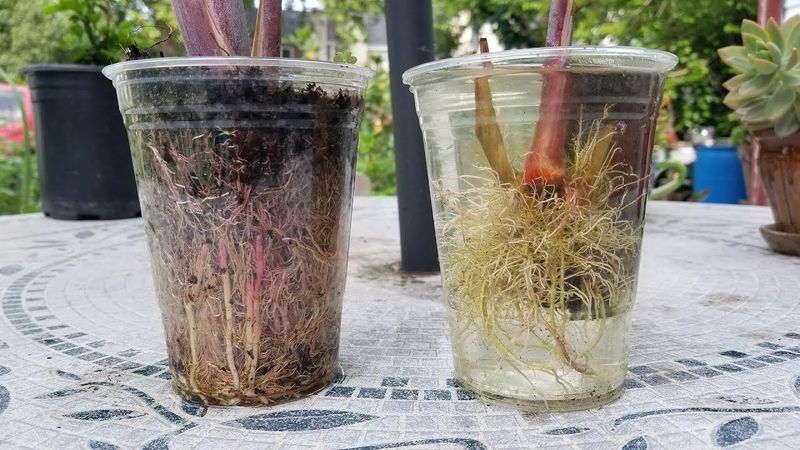Propagating plants is like a little bit of magic—you take one and turn it into many! No matter your experience level, these 20 simple methods will make growing new plants a breeze.
From cuttings to layering, I’ll walk you through easy techniques that actually work. Plus, I’ve added a few must-know tips to help you get the best results.
Get ready to expand your garden with confidence and have fun along the way!
1. Stem Cutting
Who doesn’t love multiplying plants with just a quick snip? Simply cut a healthy stem just below a node and remove any lower leaves. Stick it in a glass of water or moist soil, making sure the cut end stays submerged or covered.
Place it in a warm, bright spot and watch for roots to develop. Once the roots are a few inches long, it’s time to plant the cutting in soil and let it grow!
2. Leaf Cutting
Ever wondered if a single leaf could turn into a whole new plant? For this, snip off a healthy, mature leaf from the plant, ensuring the cut is clean. Let the leaf callous for a couple of days to prevent rot, then place it in well-draining soil.
Keep the soil lightly moist and place it in a warm spot with indirect light. Soon, tiny roots and shoots will sprout, giving you a whole new plant!
3. Root Division
Root division is perfect for plants that grow in clumps, like hostas or daylilies. Gently dig up the entire plant and separate the root ball into smaller, healthy sections. Each section should have a few strong roots and shoots.
Replant these divisions into new pots or garden spaces with fresh soil. Water well and give them time to establish themselves before they start growing again.
4. Air Layering
Air layering is the magic trick for propagating tall plants without cutting them down. Make a small cut on the stem and wrap the area with damp sphagnum moss, then cover it with plastic to keep it moist. After a few weeks, roots will begin to form in the moss.
Once the roots are strong, cut the stem just below the new roots and plant it in soil. This method is great for propagating trees and shrubs that are hard to root from cuttings.
5. Water Rooting
Rooting in water is a satisfying and easy way to propagate many types of plants. Just snip a healthy cutting and place it in a jar of water, ensuring that at least one node is submerged.
Change the water every couple of days to keep it fresh. Watch for roots to form in a few weeks. Once they’re a few inches long, move the cutting to a pot with soil, and it’ll continue to grow strong!
6. Grafting
Grafting is an advanced but rewarding way to propagate plants, particularly fruit trees. To do this, cut a healthy stem (scion) from one plant and attach it to the rootstock of another plant. Use grafting tape or a rubber band to hold them together tightly.
The scion and rootstock will eventually fuse, and the plant will grow as one. This method is perfect for combining the best features of different plants.
7. Bulb Division
Plants that grow from bulbs, like tulips and lilies, are easy to propagate by dividing their bulbs. After the plant has finished blooming, carefully dig up the bulb clump.
Gently separate the individual bulbs, making sure each one has roots attached. Replant them in fresh soil and water them well. In the next growing season, you’ll be rewarded with more flowers than ever before!
8. Cutting from Softwood
For many woody plants like hydrangeas, softwood cuttings are a great way to propagate. Take a cutting from the soft, new growth in early summer, cutting just below a node. Remove the lower leaves and dip the cut end in rooting hormone.
Place the cutting in a pot with moist, well-draining soil and cover it with a plastic bag to create a mini greenhouse. In a few weeks, roots will form, and your new plant will be ready to thrive!
9. Air Layering for Orchids
Orchids can be a bit tricky, but air layering makes propagation much easier. To start, make a small cut on a healthy stem and wrap it with damp sphagnum moss. Cover the moss with plastic to keep it moist, and in a few weeks, you’ll see roots developing inside the moss.
Once the roots are strong, you can cut the stem below the new growth and pot it up as a new orchid plant. This method works wonders for orchids that don’t root easily from cuttings.
10. Sucker Propagation
Suckers are small shoots that grow at the base of plants like raspberries and blackberries. To propagate using suckers, simply dig up the shoot, ensuring that it has its own roots. Replant the sucker in a new spot with fresh soil and water it well.
Over time, it’ll grow into a healthy, independent plant. This method is a quick and easy way to increase your plant collection without much effort.
11. Leaf and Petiole Cutting
Sometimes, all it takes to propagate a plant is a single leaf and its stem! Simply cut off a healthy leaf with the petiole (the stalk that attaches the leaf to the plant).
Place the cutting in water or soil, ensuring the petiole is submerged or buried. Keep the cutting in indirect light and moist conditions. Before long, roots and a new plant will begin to form.
12. Seed Propagation
Starting from seeds is a rewarding method for growing new plants from scratch. Simply collect seeds from mature plants or purchase them from a nursery. Plant the seeds in a tray filled with seed-starting mix, and cover lightly with soil.
Keep them in a warm, sunny spot, and water gently to keep the soil moist. As the seeds germinate, transplant them into individual pots.
13. Tuber Division
Tuber plants like dahlias or potatoes are easily propagated by dividing the tubers. After the plant has finished growing, dig up the tuber and separate it into smaller sections, making sure each piece has at least one eye (bud).
Plant the divided sections into fresh soil, and water them well. New shoots will emerge, growing into healthy plants. This method is great for multiplying your tuber plants!
14. Cutting from Hardwood
Hardwood cuttings are best taken in late fall or early winter when the plant is dormant. Choose a healthy, mature stem and cut it into 6-8 inch sections, each with at least two nodes. Dip the cut ends in rooting hormone and plant them in moist, well-draining soil.
Keep the soil moist but not soggy, and in a few months, roots will form, and the cutting will begin to sprout new growth. This method is ideal for shrubs and some fruit trees.
15. Stem Layering
Layering is like air layering but with less work! Gently bend a healthy stem to the ground and bury part of it in the soil, leaving the tip exposed. Keep the buried portion moist, and soon roots will begin to form at the node.
Once well-established, you can sever the new plant from the parent and transplant it. This is a fantastic propagation method for plants like strawberries or vines.
16. Rhizome Division
Rhizomes are horizontal stems that grow under the soil, sending up new shoots. To propagate, dig up the rhizome, and carefully separate it into sections, each with roots and a shoot. Replant the divisions in fresh soil, keeping them slightly moist.
This method works well for plants like ginger, bamboo, and irises. Over time, these divisions will grow into full-fledged plants!
17. Moss Propagation
Moss can be used for propagating various plants, especially ferns. Take a cutting from the plant and wrap the base in damp moss, securing it with string or tape. Then, place the wrapped cutting in a humid, shaded spot.
Roots will develop as the moss stays moist, eventually leading to the formation of a new plant. Moss propagation is perfect for adding a touch of greenery indoors.
18. Cuttings with Rooting Hormone
Rooting hormone is a magical tool for boosting your plant propagation game. Simply take a cutting of your plant and dip the cut end into rooting hormone powder or gel.
Then, plant the cutting in moist soil and keep it in a warm, humid environment. The hormone encourages quicker and stronger root growth. In a few weeks, you’ll have a thriving new plant ready to go!
19. Leaf Sections Propagation
Some plants, especially succulents, can be propagated by cutting their leaves into sections. Just cut the leaf into smaller parts, each containing a bit of the main vein. Let the pieces callous over for a couple of days, then plant them in soil.
Keep the soil slightly moist and wait for new shoots to appear from the base of the leaf. This method is a great way to multiply your succulent collection!
20. Grafting with Scion and Rootstock
Grafting is the ultimate plant power combo! Choose a healthy scion (the top part of a plant) and attach it to the rootstock (the bottom portion). Secure them with grafting tape or string and wait for the two parts to fuse together.
Once they’re connected, you’ll have a new plant that combines the strengths of both. This method is commonly used in fruit trees like apples and pears.
21. Leaf Cutting with Vine Plants
Propagating vines like pothos or ivy can be as simple as snipping off a healthy leaf with a portion of the vine. Place the cutting in water, and in a few weeks, roots will start to form.
Once the roots are a few inches long, move the cutting to soil and give it some tender care. Vines propagate quickly, so you’ll soon have a lush, full plant! This method works especially well for fast-growing plants.
22. Propagating by Bulbils
Certain plants, like lilies and onions, produce tiny bulbils or small bulbs on their flower stalks. These bulbils can be removed and planted just like full-sized bulbs.
Bury them in the soil, ensuring they have plenty of space to grow. Keep the soil moist and give them time to establish roots. Soon enough, you’ll have a new bulbous plant to add to your collection.
23. Vegetative Propagation
This method involves propagating plants by growing new individuals from any part of the original plant, such as stems, roots, or leaves. Simply take a portion of the plant, whether it’s a stem cutting, leaf, or root, and place it in soil or water.
Make sure to keep the cutting in a humid environment, and roots will form soon enough. Vegetative propagation helps ensure that the new plant will be genetically identical to the original. It’s a fantastic option for multiplying your favorite plants!
24. Planting Seeds from Your Own Plants
If you’ve been lucky enough to see your plants flower, you can harvest the seeds for propagation. Collect seeds from mature flowers, then plant them in seed trays or small pots with seed-starting mix.
Keep the soil moist and warm, and be patient as the seeds germinate. Over time, you’ll have a new generation of plants ready to go! Growing from seed is an especially fulfilling way to propagate.
25. Self-Pollination Propagation
Some plants can self-pollinate, meaning they don’t need other plants to create seeds. Simply let the flowers bloom and mature on their own, and wait for the seeds to form.
Once the seeds are ready, collect them and plant them in your garden or containers. This method ensures that the offspring will be genetically similar to the parent. Perfect for plants like tomatoes, peppers, and peas!
26. Air Layering for Shrubs
Air layering is an excellent method for shrubs like azaleas and rhododendrons. Make a small incision on the stem, wrap it with damp moss, and cover with plastic.
The moisture and warmth will encourage the plant to produce roots above the ground. After a few months, cut the rooted section and plant it in the soil. This allows you to propagate without cutting down the whole plant.
27. Stem Cutting with Growth Hormones
For plants like fuchsias or geraniums, applying growth hormones to your stem cuttings can really boost their propagation success. Cut a healthy stem, and dip the end into rooting hormone before planting it in soil.
Place the pot in a warm, sunny location, and keep the soil moist. Within weeks, the cutting will start growing roots. This method helps ensure faster and more reliable propagation for a variety of plants.
28. Offsets Propagation
Offsets, also known as “pups,” are small, new plants that grow at the base of the mother plant. Simply remove the offset and replant it into its own pot with fresh soil. Water it gently and place it in a bright spot, but out of direct sunlight.
Give it time to establish itself and watch as it grows into a mature plant. This is a great way to propagate plants like succulents, aloe, and chrysanthemums.
29. Propagating with Root Cuttings
Some plants, like raspberries and blackberries, can be propagated by taking root cuttings. Dig up a healthy root, and cut it into smaller sections.
Plant these root pieces in moist soil, and they’ll sprout into new plants. Keep the soil moist and provide bright, indirect light. In a few weeks, your new plants will begin to grow strong and healthy.
30. Propagating by Sowing Cuttings
If you have a plant that produces small, soft cuttings, try sowing them directly into the soil. These can be tiny pieces of the plant that naturally fall off or cuttings you’ve taken yourself. Simply sow the cuttings in a pot of well-draining soil and lightly water them.
Keep the pot in a humid environment and soon enough, the cuttings will sprout and grow into new plants. Perfect for plants like coleus or impatiens!

